Letter of Inquiry Template for Grant Applications
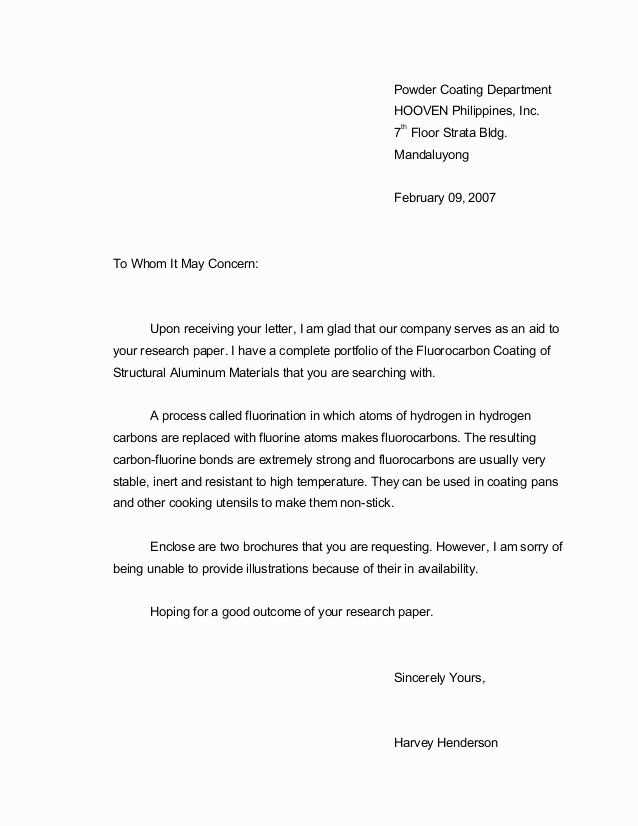
When seeking financial support for your project or initiative, it’s essential to communicate your needs clearly and professionally. One of the first steps in securing funding is drafting a formal request to potential supporters, outlining your objectives and how their assistance can make an impact. This document serves as an introduction to your project, aiming to capture the attention of decision-makers.
A well-written proposal is concise, direct, and informative. It should convey the purpose of your project, its potential benefits, and the specific resources you require. By structuring your request carefully, you increase your chances of receiving a positive response from funding organizations. Whether you’re reaching out to a non-profit, government agency, or private foundation, understanding how to approach these entities can make a significant difference in the success of your venture.
Successful communication involves not just sharing information, but doing so in a way that resonates with your audience. In this guide, we’ll explore the key elements that should be included in your request and provide practical tips to ensure your message is both professional and persuasive.
What is a Letter of Inquiry?
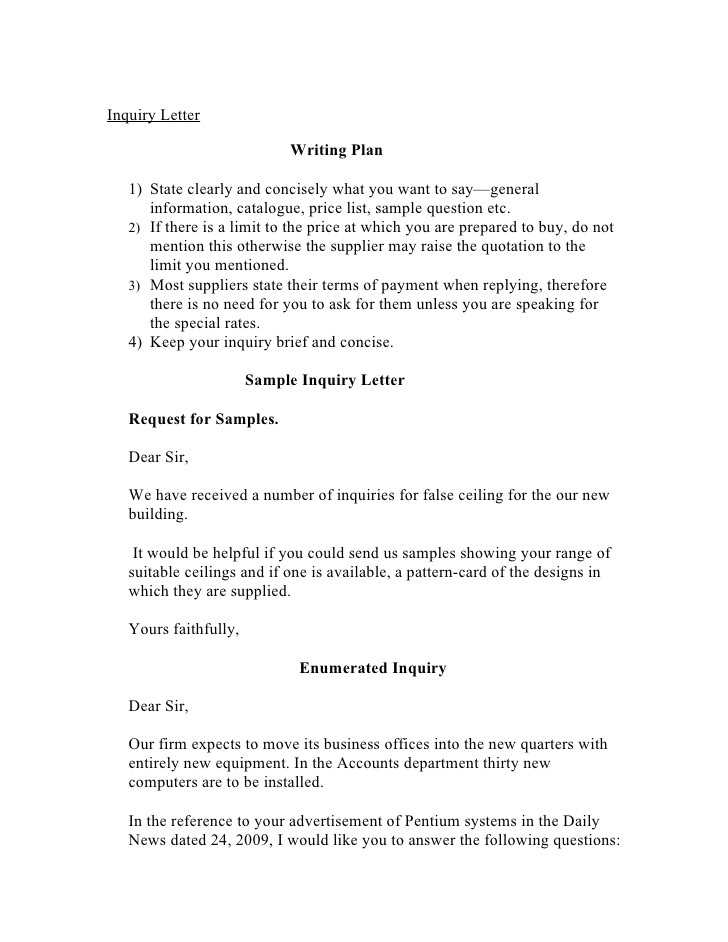
In the process of securing funding for a project, reaching out to potential supporters is often the first step. This initial communication serves as a way to introduce your initiative, explain its goals, and assess the interest of the recipient in offering financial support. The document you send should be brief, yet informative enough to provide an overview of your project and its funding requirements.
Purpose of the Request
The main objective of this communication is to gauge whether the organization or individual you’re contacting is willing to consider your request. It’s not meant to be a detailed proposal, but rather a means to open the door to further conversations. By addressing key aspects such as your project’s scope and expected impact, you give the recipient enough context to make an informed decision about moving forward.
Why It’s Important
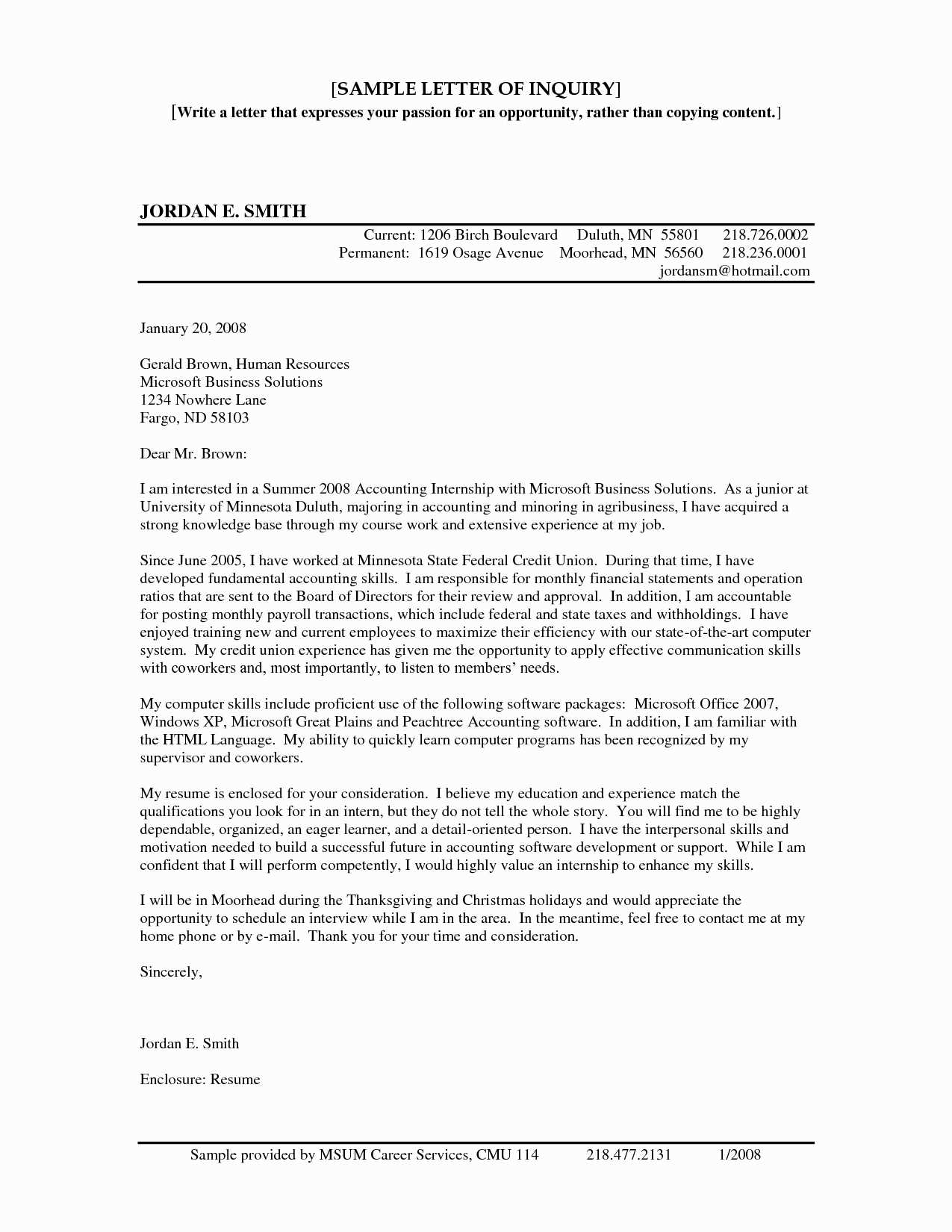
Sending a formal request helps you establish a professional relationship with potential funders. It allows them to understand your needs and the potential alignment between their goals and your project. A well-structured message can spark their interest and lead to more in-depth discussions regarding the next steps in securing the necessary resources.
Key Elements of a Funding Request
When seeking financial support, it is crucial to present a clear and well-structured message. A strong request includes specific components that convey your project’s goals, needs, and potential outcomes effectively. By organizing your message with these key elements, you can increase the likelihood of capturing the attention of potential supporters.
- Introduction – Begin with a brief overview of who you are and the purpose of your project. This section should establish context and explain why you’re reaching out.
- Project Overview – Provide a concise description of your project, highlighting its objectives, timeline, and anticipated impact. This gives the recipient an understanding of what you aim to accomplish.
- Funding Requirements – Clearly outline the amount of financial support you’re seeking and how it will be utilized. Specify the areas where the funding will be directed, such as resources, materials, or personnel.
- Alignment with Funder’s Goals – Demonstrate how your project aligns with the mission or priorities of the organization or individual you are approaching. This helps build a connection and shows that your request is well-suited to their interests.
- Conclusion – Summarize your request, expressing your appreciation for the recipient’s time and consideration. Provide contact details for further discussions.
Each of these elements plays a vital role in ensuring that your message is both clear and compelling. Properly including them in your communication will make it easier for potential funders to understand your project and the support you need.
How to Structure Your Request
When crafting a formal request for support, the organization of your message is just as important as the content itself. A well-structured document ensures that your key points are communicated effectively, making it easier for the recipient to understand your needs and objectives. A logical flow helps maintain clarity and guides the reader through your proposal.
Opening and Introduction
Your first paragraph should introduce yourself and your project in a concise manner. Mention the purpose of your communication and provide context for why you are reaching out. This helps set the tone for the rest of the message and engages the reader early on.
Core Details and Funding Request
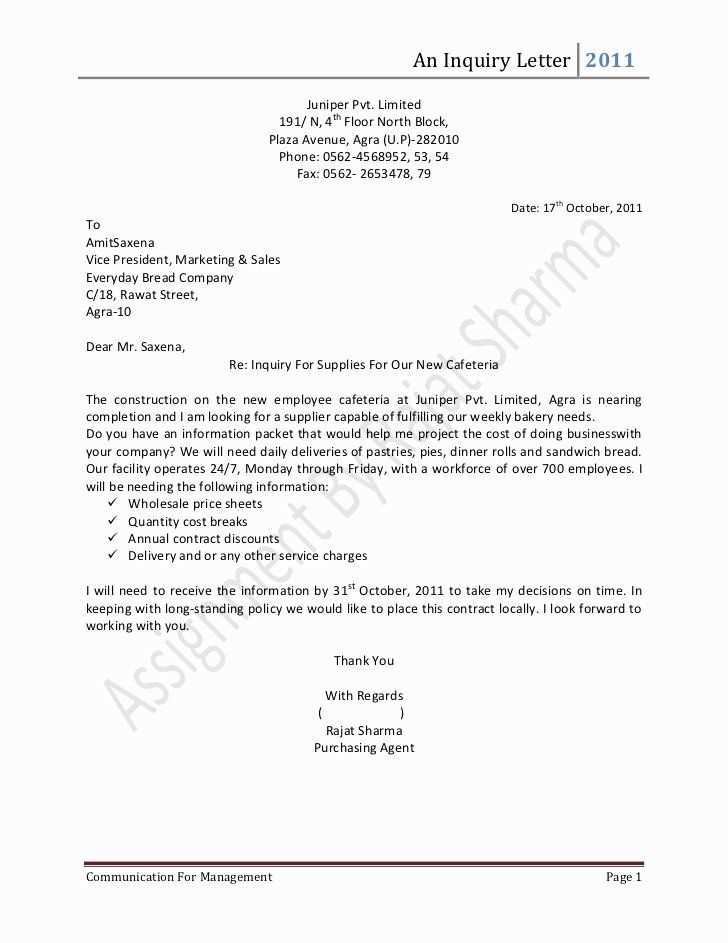
The main body of your message should focus on the specifics of your project. Clearly explain its goals, expected outcomes, and timeline. Be precise about the financial support you are seeking, detailing how it will be allocated and what impact it will have. Providing this information in an organized manner allows the recipient to quickly assess your request and consider its merits.
By following this simple structure, your request will be clear, professional, and easy to understand, increasing the chances of a positive response.
Common Mistakes to Avoid
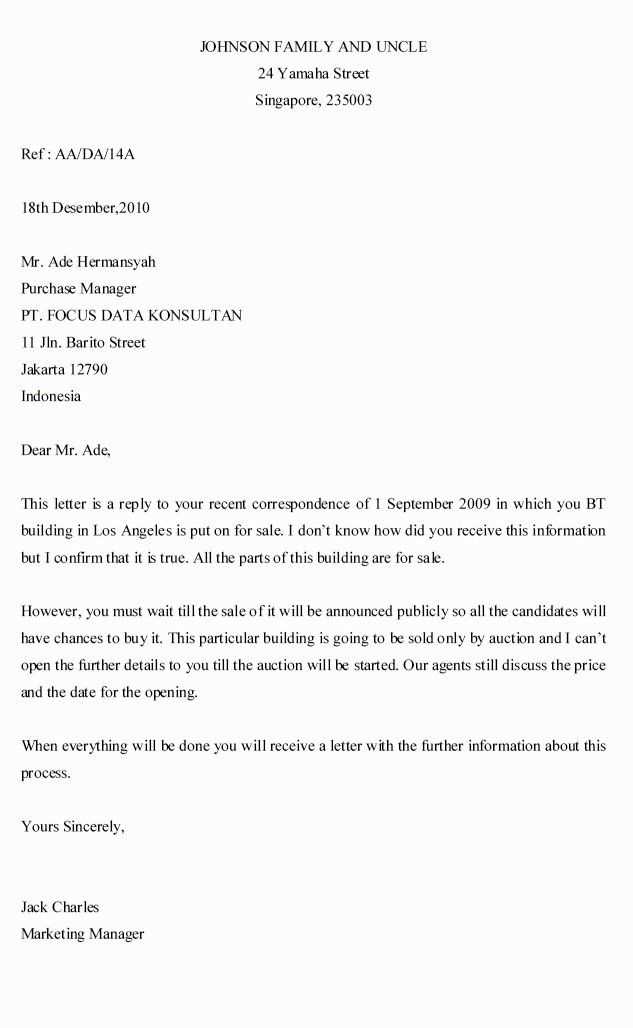
When requesting financial support for your project, small missteps can greatly affect your chances of success. It’s important to avoid certain pitfalls that could make your message unclear or unprofessional. Being aware of these common errors ensures that your request stands out in a positive way and increases the likelihood of a favorable response.
- Being Too Vague – One of the most common mistakes is failing to clearly explain the specifics of your project and the funding needed. Make sure to provide enough detail for the reader to understand your objectives and how the funds will be used.
- Overloading with Information – While details are important, overwhelming the reader with too much information can be counterproductive. Focus on key points and avoid unnecessary complexity.
- Neglecting the Funder’s Mission – Failing to align your request with the goals of the organization or individual you’re contacting can make your appeal seem unfocused. Always demonstrate how your project fits within their objectives.
- Using a Generic Approach – Personalization is essential. A generic, one-size-fits-all approach may not resonate with potential funders. Tailor your message to each recipient.
- Missing a Call to Action – Always conclude with a clear request for the next steps, whether it’s setting up a meeting or requesting further information. A vague ending can leave the reader unsure of how to proceed.
Avoiding these mistakes ensures your request remains professional, clear, and persuasive, improving the likelihood of securing the necessary support for your project.
Tips for Writing an Effective Request
Crafting a persuasive and professional request is essential for securing the support you need. By following a few key strategies, you can improve the impact of your message and increase the likelihood of receiving a positive response. A well-written request not only conveys your objectives clearly but also demonstrates your commitment to achieving success.
Be Clear and Concise
One of the most important elements of an effective message is clarity. Be sure to explain the purpose of your project and your funding needs in a straightforward manner. Avoid unnecessary jargon and lengthy explanations. The clearer and more concise your request, the more likely it is that the recipient will understand your goals and consider supporting your cause.
Personalize Your Approach
Take the time to tailor your request to the specific recipient. Show that you’ve researched their mission and explain how your project aligns with their values or goals. Personalization demonstrates that you are genuinely interested in building a relationship and increases your chances of a favorable reply.
Follow these tips to create a compelling request that resonates with potential supporters. By focusing on clarity and personalization, you ensure that your message is both professional and persuasive.
Follow-Up Actions After Submission
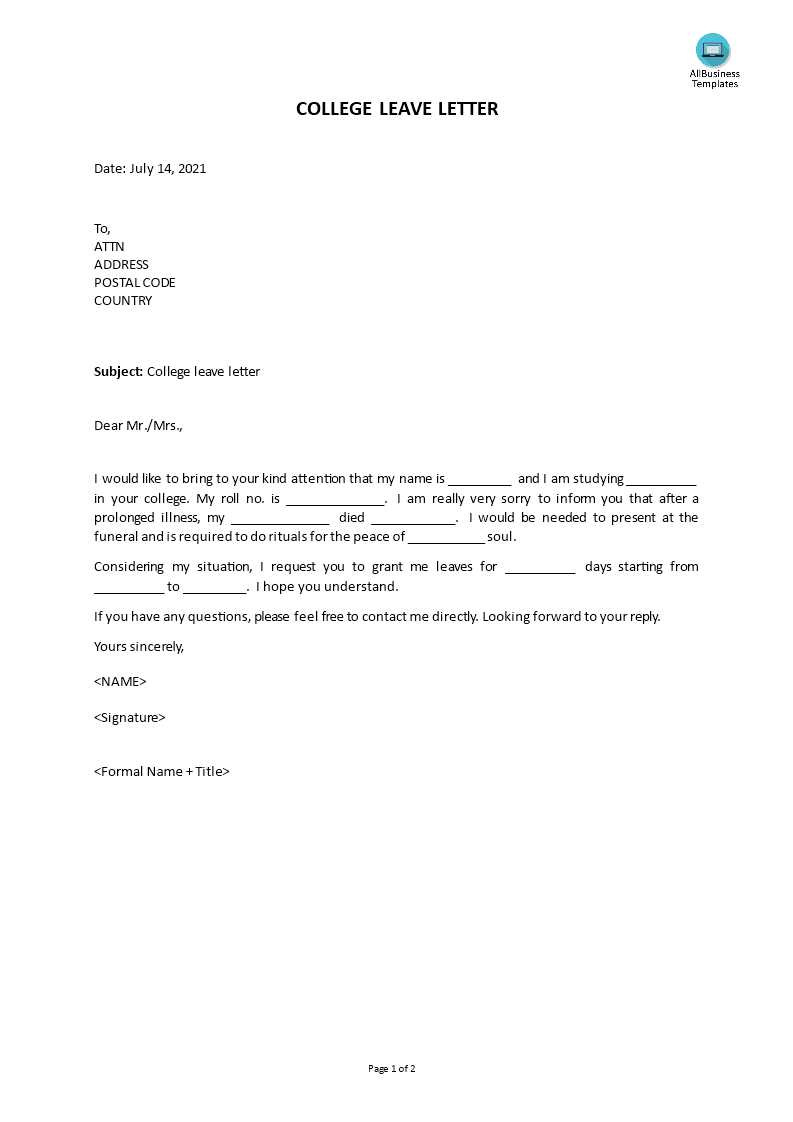
Once you’ve sent your request, it’s important to remain proactive in ensuring that your message is properly reviewed and considered. Following up shows your dedication to the project and reinforces your interest in securing support. However, it’s crucial to approach the follow-up process with professionalism and patience.
Here are some key actions you can take after submitting your request:
| Action | Description |
|---|---|
| Wait for the Appropriate Time | Give the recipient enough time to review your submission before following up. A week or two is generally an acceptable waiting period. |
| Send a Polite Follow-Up Email | Politely inquire if they have had the opportunity to review your request. Reiterate your interest and offer additional information if needed. |
| Be Prepared to Provide More Information | If requested, be ready to share further details or clarification about your project. This can help reinforce your commitment and provide any missing elements. |
| Express Gratitude | Regardless of the outcome, always thank the recipient for their time and consideration. This helps maintain a positive relationship for potential future opportunities. |
By following these steps, you demonstrate professionalism and respect for the recipient’s time, while also showing that you are committed to making your project a success.